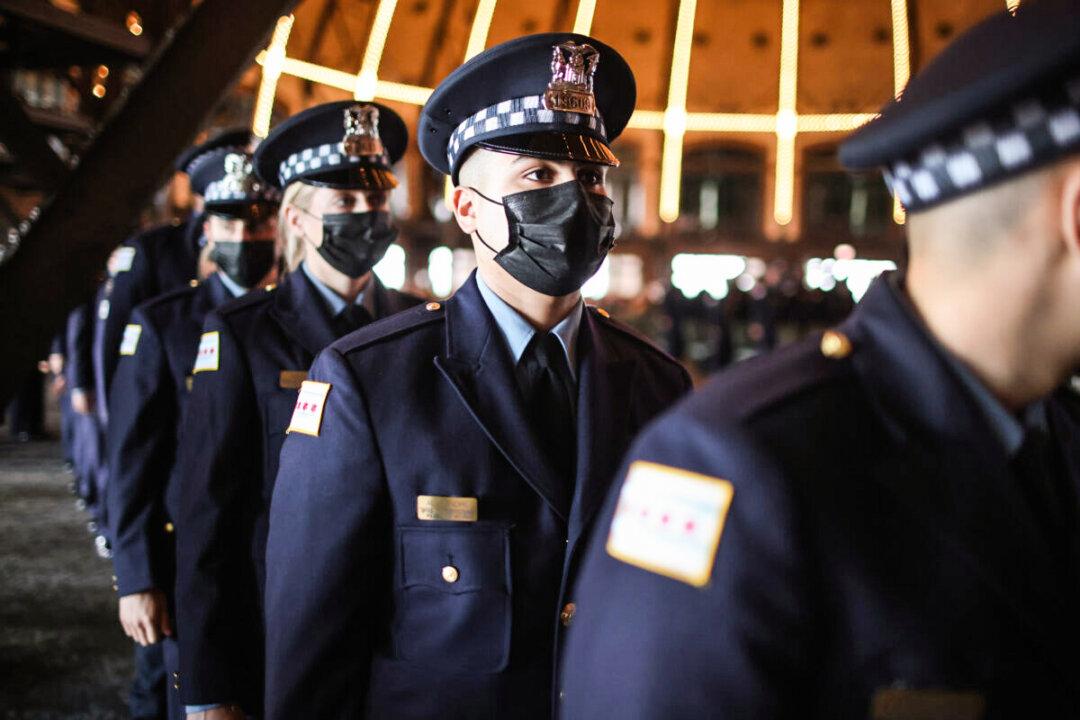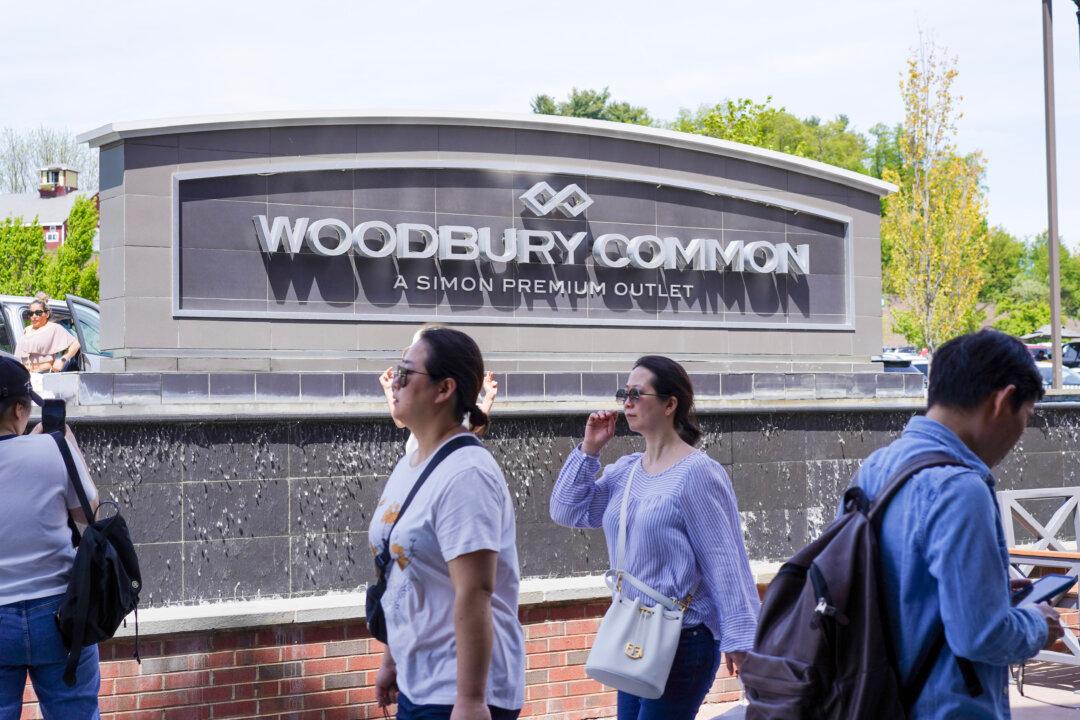After slashing police budgets last year under intense pressure from activists, mayors of the country’s three largest cities have decided to increase funding this year, in the face of a nationwide jump in crime.

Police officers attend a Chicago Police Department promotion and graduation ceremony in Chicago, Ill., on Oct. 20, 2021. Scott Olson/Getty Images
|Updated:
Cara is an Orange County, New York-based Epoch Times reporter. She can be reached at [email protected]
Author’s Selected Articles




